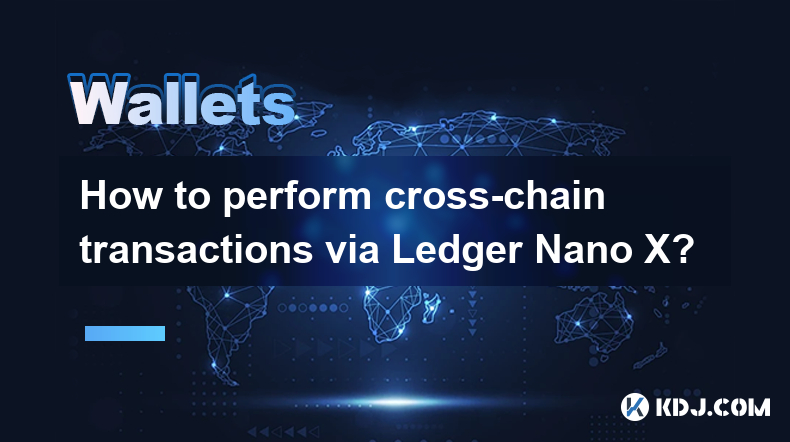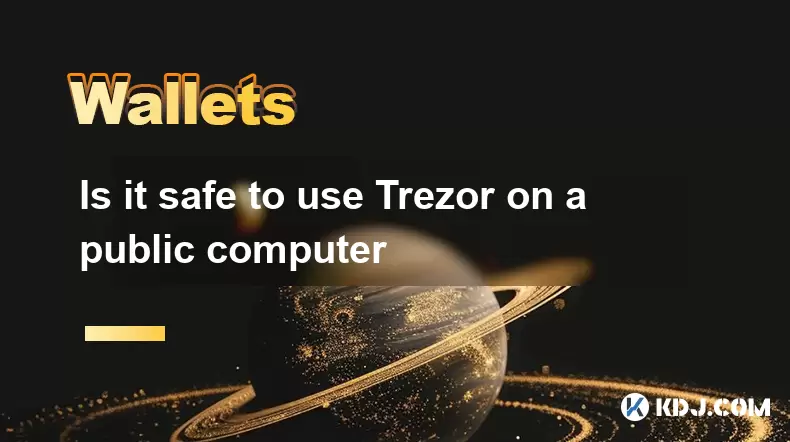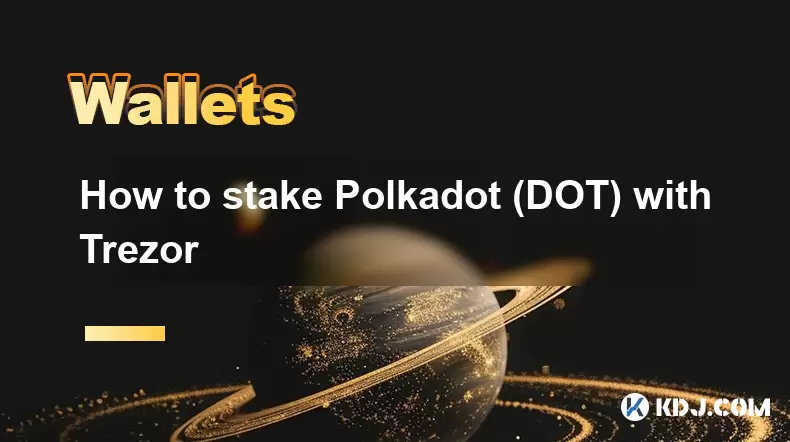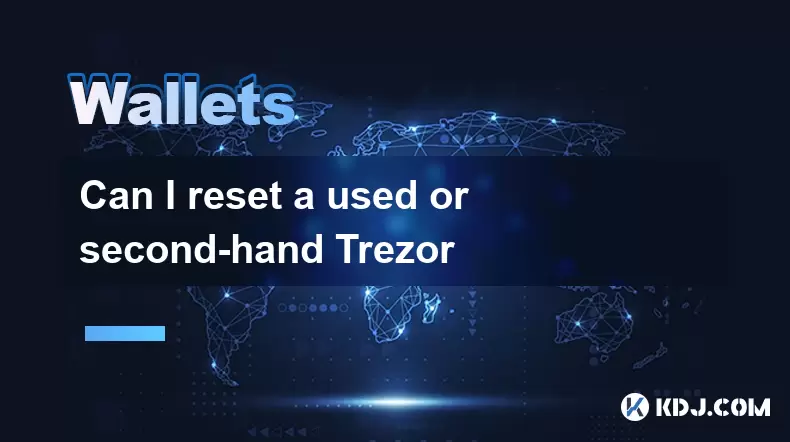-
 Bitcoin
Bitcoin $111,548.1016
2.37% -
 Ethereum
Ethereum $2,781.2216
6.39% -
 Tether USDt
Tether USDt $1.0004
0.01% -
 XRP
XRP $2.4146
4.58% -
 BNB
BNB $669.5226
1.36% -
 Solana
Solana $157.5751
3.99% -
 USDC
USDC $1.0002
0.02% -
 TRON
TRON $0.2899
0.84% -
 Dogecoin
Dogecoin $0.1821
6.47% -
 Cardano
Cardano $0.6259
6.40% -
 Hyperliquid
Hyperliquid $41.0040
5.60% -
 Sui
Sui $3.0919
6.42% -
 Bitcoin Cash
Bitcoin Cash $515.6573
2.88% -
 Chainlink
Chainlink $14.3144
2.51% -
 Stellar
Stellar $0.2885
11.60% -
 UNUS SED LEO
UNUS SED LEO $8.9746
-1.18% -
 Avalanche
Avalanche $19.5761
6.62% -
 Shiba Inu
Shiba Inu $0.0...01245
4.98% -
 Hedera
Hedera $0.1711
6.23% -
 Toncoin
Toncoin $2.8451
1.64% -
 Litecoin
Litecoin $91.0395
3.67% -
 Monero
Monero $324.5650
2.52% -
 Polkadot
Polkadot $3.6332
5.42% -
 Dai
Dai $1.0001
0.01% -
 Ethena USDe
Ethena USDe $1.0011
0.03% -
 Uniswap
Uniswap $8.4471
10.54% -
 Bitget Token
Bitget Token $4.4085
1.61% -
 Pepe
Pepe $0.0...01117
9.51% -
 Aave
Aave $303.3870
3.43% -
 Pi
Pi $0.4715
2.67%
How to perform cross-chain transactions via Ledger Nano X?
Apr 21, 2025 at 09:07 am

How to Perform Cross-Chain Transactions via Ledger Nano X?
Cross-chain transactions have become increasingly important in the cryptocurrency ecosystem, allowing users to transfer assets between different blockchain networks seamlessly. The Ledger Nano X is a popular hardware wallet that supports a variety of cryptocurrencies and can be used to perform these transactions securely. In this article, we will guide you through the process of performing cross-chain transactions using your Ledger Nano X.
Understanding Cross-Chain Transactions
Cross-chain transactions involve moving assets from one blockchain to another. This can be necessary for various reasons, such as taking advantage of different features on different blockchains, accessing decentralized finance (DeFi) opportunities, or simply moving assets between wallets that support different cryptocurrencies. Ledger Nano X supports multiple blockchains, making it an ideal device for these operations.
To perform a cross-chain transaction, you typically need a bridge or a decentralized application (dApp) that supports the transfer of assets between the two chains. Some popular cross-chain solutions include ThorChain, Wrapped Bitcoin (WBTC), and RenVM. Each of these solutions has its own set of instructions, but we will focus on the general steps you can follow using your Ledger Nano X.
Preparing Your Ledger Nano X
Before you begin, ensure that your Ledger Nano X is set up and connected to your computer or mobile device. Here are the steps to prepare your device:
- Update Firmware: Ensure your Ledger Nano X has the latest firmware. Connect your device to the Ledger Live application, and follow the prompts to update if necessary.
- Install Necessary Apps: Depending on the blockchains you want to interact with, you might need to install specific apps on your Ledger Nano X. For example, if you are moving assets between Ethereum and Binance Smart Chain, you will need to install the Ethereum and BNB Chain apps.
- Sync Your Wallet: Make sure your Ledger Live is synced with your wallet, and all your accounts are visible and up to date.
Choosing a Cross-Chain Solution
Selecting the right cross-chain solution is crucial for a successful transaction. Here are a few popular options:
- ThorChain: ThorChain is a decentralized liquidity protocol that enables cross-chain swaps without the need for wrapped tokens. It supports a variety of cryptocurrencies, including Bitcoin, Ethereum, and BNB.
- Wrapped Bitcoin (WBTC): WBTC is a tokenized version of Bitcoin that can be used on the Ethereum blockchain. This allows you to use Bitcoin in DeFi applications on Ethereum.
- RenVM: RenVM is a decentralized platform that enables the transfer of assets between different blockchains, including Bitcoin, Ethereum, and others.
Performing a Cross-Chain Transaction
Once you have chosen a cross-chain solution and prepared your Ledger Nano X, you can proceed with the transaction. We will use ThorChain as an example to illustrate the process.
- Connect to ThorChain: Open the ThorChain website and connect your Ledger Nano X wallet. Ensure that you are on the correct network (e.g., Ethereum or BNB Chain) by selecting the appropriate app on your Ledger device.
- Select Assets: Choose the asset you want to transfer and the destination blockchain. For example, if you want to move Ethereum to BNB Chain, select Ethereum as the source and BNB Chain as the destination.
- Enter Amount: Specify the amount of the asset you want to transfer. Be aware of any fees associated with the transaction.
- Review and Confirm: Review the transaction details carefully. Once you are satisfied, confirm the transaction on your Ledger Nano X by pressing the buttons on the device.
- Wait for Confirmation: The transaction will now be processed by the ThorChain network. Depending on the network congestion, this may take some time. You can monitor the transaction status on the ThorChain website.
Verifying the Transaction
After the transaction is complete, it is crucial to verify that the assets have been successfully transferred to the destination blockchain. Here are the steps to verify your transaction:
- Check the Destination Wallet: Open the wallet on the destination blockchain (e.g., your BNB Chain wallet) and check if the transferred assets are visible.
- Confirm Balances: Ensure that the balance on your source wallet has been reduced by the transferred amount, and the destination wallet has been credited accordingly.
- Review Transaction History: Look at the transaction history on both the source and destination blockchains to confirm that the transaction has been recorded correctly.
Troubleshooting Common Issues
Sometimes, cross-chain transactions can encounter issues. Here are some common problems and their solutions:
- Transaction Stuck: If your transaction seems to be stuck, check the status on the cross-chain solution's website. Sometimes, transactions can take longer due to network congestion.
- Incorrect Amount Received: If you receive an incorrect amount, double-check the transaction details and fees. Contact the support team of the cross-chain solution if the issue persists.
- Ledger Nano X Not Responding: If your Ledger Nano X is not responding, ensure it is properly connected and that the correct app is open. Restarting the device can also help resolve connectivity issues.
FAQs
Q1: Can I perform cross-chain transactions with any cryptocurrency on my Ledger Nano X?
A1: Not all cryptocurrencies support cross-chain transactions. You need to check if the specific cryptocurrency you want to transfer is supported by the cross-chain solution you are using. Always verify compatibility before attempting a transfer.
Q2: Are cross-chain transactions safe to perform with a Ledger Nano X?
A2: Cross-chain transactions can be safe if you follow the correct procedures and use reputable cross-chain solutions. The Ledger Nano X adds an extra layer of security by keeping your private keys offline. However, always be cautious of potential scams and phishing attempts.
Q3: How long do cross-chain transactions typically take?
A3: The duration of cross-chain transactions can vary depending on the networks involved and the current congestion levels. Some transactions may be completed in minutes, while others might take several hours.
Q4: What should I do if I encounter an error during a cross-chain transaction?
A4: If you encounter an error, first check the transaction status on the cross-chain solution's website. If the error persists, review the transaction details for any mistakes, and contact the support team of the cross-chain solution for assistance.
Clause de non-responsabilité:info@kdj.com
Les informations fournies ne constituent pas des conseils commerciaux. kdj.com n’assume aucune responsabilité pour les investissements effectués sur la base des informations fournies dans cet article. Les crypto-monnaies sont très volatiles et il est fortement recommandé d’investir avec prudence après une recherche approfondie!
Si vous pensez que le contenu utilisé sur ce site Web porte atteinte à vos droits d’auteur, veuillez nous contacter immédiatement (info@kdj.com) et nous le supprimerons dans les plus brefs délais.
-
 KEEP Échangez maintenant
KEEP Échangez maintenant$0.1157
59.34%
-
 M Échangez maintenant
M Échangez maintenant$0.3105
50.86%
-
 USELESS Échangez maintenant
USELESS Échangez maintenant$0.3095
38.61%
-
 BANANAS31 Échangez maintenant
BANANAS31 Échangez maintenant$0.0246
27.74%
-
 ZBCN Échangez maintenant
ZBCN Échangez maintenant$0.0037
25.54%
-
 MAGIC Échangez maintenant
MAGIC Échangez maintenant$0.1985
21.82%
- Nexbridge, Nexplace et l'écosystème Bitcoin: construire une nouvelle frontière financière
- 2025-07-09 23:10:13
- MEXC Launchpad & Pump Token: Saisissez une remise de 40%?
- 2025-07-09 22:50:12
- Révolution du système commercial: comment XDC et la fin des télécopies sont de remodeler les finances
- 2025-07-09 23:10:13
- Ripple, Clarity Act et The XRP Case: A New York Minute on Crypto Regulation
- 2025-07-09 23:50:12
- Pas de monnaie Rs 50? Delhi HC entend pourquoi l'Inde préfère les billets
- 2025-07-09 23:15:11
- Pas de monnaie Rs 50? Delhi HC entend pourquoi les billets de banque règnent suprême
- 2025-07-09 23:50:12
Connaissances connexes

Comment trouver une adresse de réception spécifique sur mon Trezor
Jul 09,2025 at 10:36pm
Comprendre l'objectif d'une adresse de réception Une adresse de réception est un identifiant unique utilisé dans les réseaux de blockchain pou...

Comment connecter Trezor à Rabby Wallet
Jul 09,2025 at 05:49am
Qu'est-ce que Trezor et Rabby Wallet? Trezor est un portefeuille matériel développé par Satoshilabs qui permet aux utilisateurs de stocker en tout...

Est-il sûr d'utiliser Trezor sur un ordinateur public
Jul 09,2025 at 08:56pm
Comprendre les risques d'utiliser Trezor sur un ordinateur public L'utilisation d'un portefeuille matériel Trezor est généralement considé...

Que se passe-t-il si j'oublie ma phrase secrète Trezor
Jul 09,2025 at 03:15am
Comprendre le rôle d'une phrase secrète Trezor Si vous utilisez un portefeuille matériel Trezor , vous pouvez avoir configuré une phrase secrète c...

Comment jouer Polkadot (DOT) avec Trezor
Jul 09,2025 at 09:42pm
Comprendre le jalonnement de Polkadot (DOT) La mise en œuvre de Polkadot (DOT) permet aux utilisateurs de participer à la validation du réseau et de g...

Puis-je réinitialiser un Trezor d'occasion ou d'occasion
Jul 09,2025 at 11:49am
Comprendre le processus de réinitialisation pour un Trezor d'occasion ou d'occasion Si vous avez acquis un portefeuille Trezor d'occasion ...

Comment trouver une adresse de réception spécifique sur mon Trezor
Jul 09,2025 at 10:36pm
Comprendre l'objectif d'une adresse de réception Une adresse de réception est un identifiant unique utilisé dans les réseaux de blockchain pou...

Comment connecter Trezor à Rabby Wallet
Jul 09,2025 at 05:49am
Qu'est-ce que Trezor et Rabby Wallet? Trezor est un portefeuille matériel développé par Satoshilabs qui permet aux utilisateurs de stocker en tout...

Est-il sûr d'utiliser Trezor sur un ordinateur public
Jul 09,2025 at 08:56pm
Comprendre les risques d'utiliser Trezor sur un ordinateur public L'utilisation d'un portefeuille matériel Trezor est généralement considé...

Que se passe-t-il si j'oublie ma phrase secrète Trezor
Jul 09,2025 at 03:15am
Comprendre le rôle d'une phrase secrète Trezor Si vous utilisez un portefeuille matériel Trezor , vous pouvez avoir configuré une phrase secrète c...

Comment jouer Polkadot (DOT) avec Trezor
Jul 09,2025 at 09:42pm
Comprendre le jalonnement de Polkadot (DOT) La mise en œuvre de Polkadot (DOT) permet aux utilisateurs de participer à la validation du réseau et de g...

Puis-je réinitialiser un Trezor d'occasion ou d'occasion
Jul 09,2025 at 11:49am
Comprendre le processus de réinitialisation pour un Trezor d'occasion ou d'occasion Si vous avez acquis un portefeuille Trezor d'occasion ...
Voir tous les articles

























































































